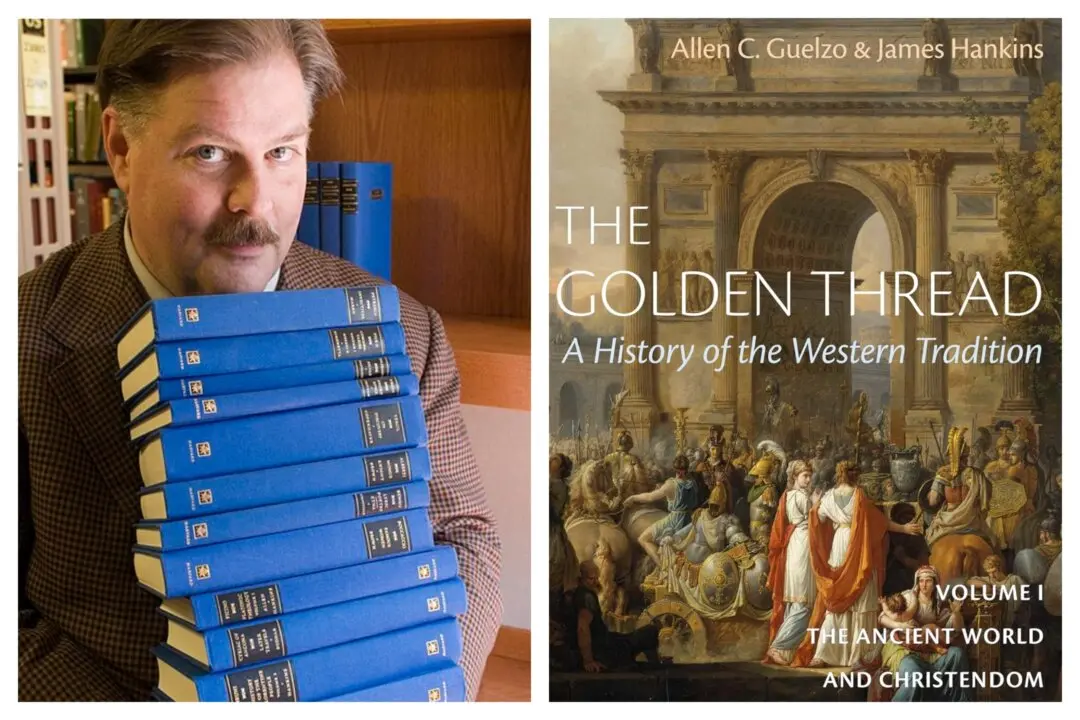Six years had passed since my children, their spouses, and their children had last gathered for some time at the beach, and things, I quickly discovered, had changed.
The kids who had once splashed in the ocean or dug for sand fleas at the tide’s edge were now teens who spent a good part of their time watching the widescreen television, taking sedate walks on the beach, and putting their heads together in quiet conversations broken by sudden laughter. They walked rather than ran to meals and treats, and when they weren’t wearing bathing attire, dressed as if it mattered, especially the girls.






